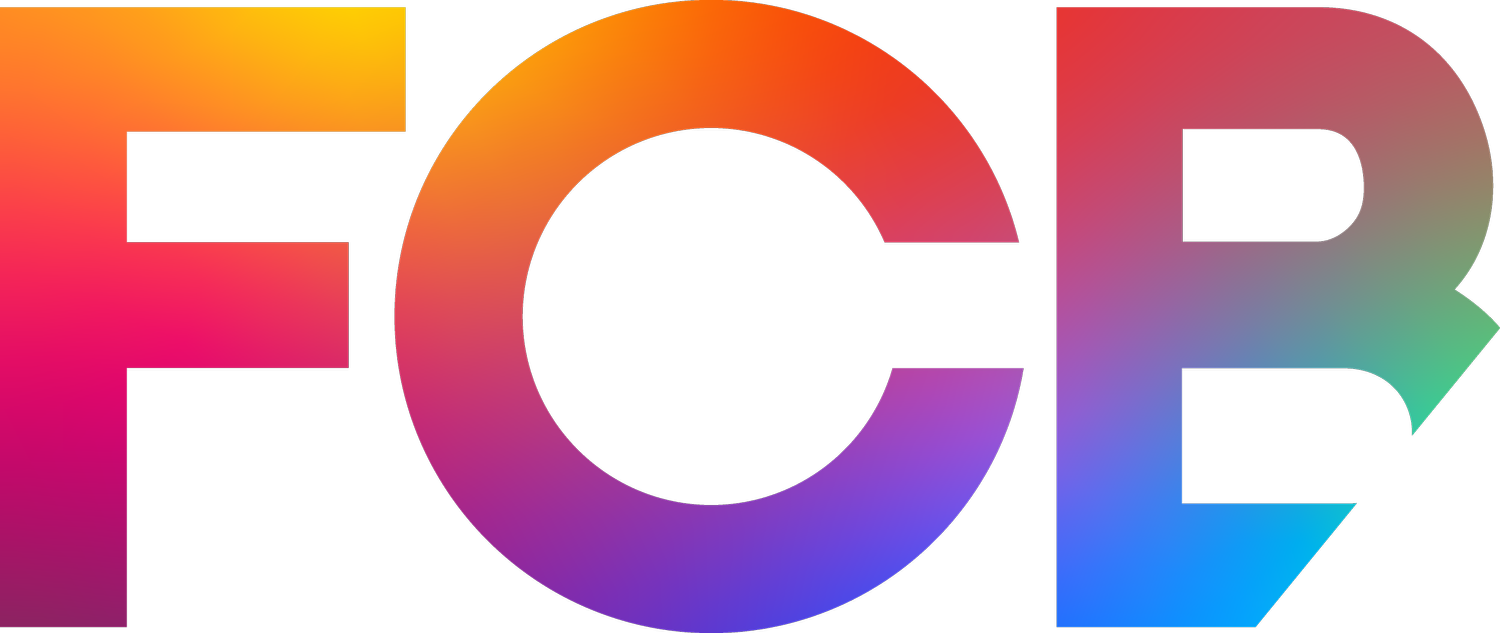FCB Global
The Comedy Lifecycle
We Have a Few Years Before Comedy Dies
After a bit of a hiatus, humor is back in the advertising spotlight. But hold onto your giggles, cackles, and hardy har hars — because according to Neville Shah, Chief Creative Officer at FCB Kinnect, “we have a few years before comedy dies out of advertising again.”
Comedy may thrive on self-deprecation, but don’t mistake this statement for a punchline — it’s simply the reality of the advertising lifecycle. The use of humor in advertising is cyclical and heavily influenced by shifts in culture. And as a true culture-shaper, advertising must adapt to the current moment and deliver some impactful zingers that will resonate with audiences.
Time to Crack Some Jokes
In recent years, much of advertising has focused on being purpose-driven. However, there’s been a notable resurgence of humorous ads, and the impact they can have is not something to laugh at. Data shows that 90% of consumers are more likely to remember a funny ad and 72% would select a humorous brand over the competition. Cannes Lions International Festival of Creativity even introduced a humor category for the first time last year. The consensus is clear — people want to laugh right now.
“We’ve had several peaks of humor,” says Shah, “I remember 2003 – 2005 was the peak of Thai humor. It was ridiculously funny, I still quote some of those pieces. Then we went to Australia, then we went to Israel, and Egypt, and so on. So, there has been a cyclical background of humor in advertising coming and disappearing, coming and disappearing. And each time, it’s cultural.”
This shift toward more humor, fun, and lightheartedness in advertising reflects the current cultural moment. During times of uncertainty, people are looking to find ways to let loose. As Shah notes, “In this ‘open a newspaper and see bad news’ space, you’ve got to have some respite. That can come from these funny pieces of content.”
And what offers better respite than pure ridiculousness? A prominent trend among funny ads currently is the use of absurdity and over-the-top scenarios. This year’s Super Bowl spots reflect this well — from flying mustaches to protein-packed yogurt giving super strength. “Pretty much every successfully funny game day ad included ridiculous, benign humor,” says Shah. “It’s very SNL, it’s very ‘bizarre’— it’s finding something little and blowing it out of the water.”
When Brands Let Loose
Brands are like people. Some might have a natural comedic timing, some know exactly how to make their audience laugh, and others… well, they might want to stick to their day jobs. But most brands, depending on where they are in their journey, have the potential to flex their funny bones, if done strategically.
“I actually don’t think there is a category that can’t do funny,” says Shah. “I think if you are a leader in the space, you can pull it off. You just can’t be tone deaf. There’s a time and place for humor and if you identify it correctly, you’ll be fine.”
As a broader trend, comedy might be cyclical, but brands are also on their own individual paths.
“I think there is a journey in every brand’s lifecycle. Larger, more established brands have the liberty to decide, ‘okay I can be funny now,’ because they’ve had years to express their purpose and point of view already.”
Avoiding the Dreaded Heckle
Sometimes, a joke just doesn’t land. Comedy can be very subjective and when telling jokes in the context of an ad — you must also be cognizant of the social responsibility that cultural influence holds. So, how can ads avoid missing the funny mark?
As Katy Wright, Chief Executive Officer at FCB London shared with Campaign, “Don’t tell me you’re funny, be funny.” Successful advertising comedy comes down to great writing, a deep emotional intelligence, and a high level of cultural understanding. It’s also important to bring in differing perspectives to see how a joke might be perceived from a different lens.
“When you go into it with a sense of wonder, you fall in love with your jokes too easily, says Shah, “You need to run jokes past people. The joke — not the script. This is a good barometer to test if the joke really is funny.”
“There are some absolutes,” Shah continues. “But I also think humor is very contextual in every country — what is accepted in one country might not be accepted somewhere else.”
Ultimately, the key to successful comedy is rooting a joke in shared truth. FCB Chicago’s “The Last Barf Bag” work with Dramamine does this well. Having people share their own, sometimes graphic, barf stories is funny because it’s relatable. And diving into the niche sub-culture of barf bag enthusiasts sparks some giggles because the concept is so beautifully random, heartwarming, and most importantly, human. “Once we uncovered the charming world of the barf bag community, we knew that we tapped into something big,” says Monique Kaplan, Executive Creative Director at FCB Chicago. “By keeping the storytelling authentic and genuine the campaign feels charming and humorous and you can’t help but smile.”
Comedy Never Really Dies
As any good comic, we kicked off this piece with a bit of shock value and a good-natured cynicism. But the truth is — comedy never really dies. At the end of the day, comedy is an essential part of culture, regardless of the moment we are in. And when used in the right way and at the right time, it can yield a strong advertising impact.
While changes in the cultural tide might shift advertising strategies, the cycle continues, and humor will always come back around to charm audiences and leave them in fits of laughs.
